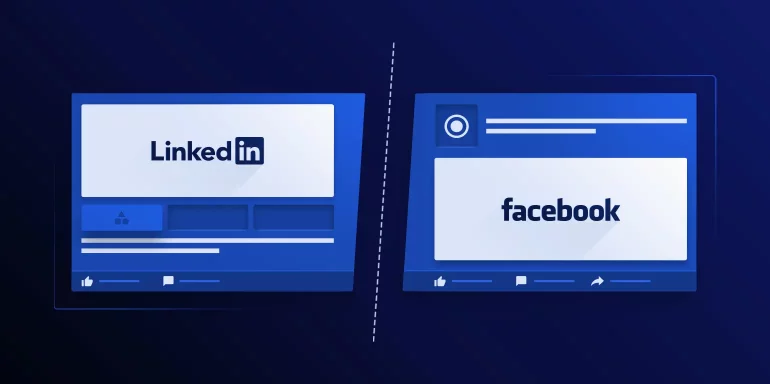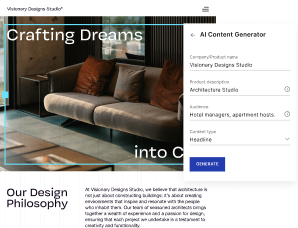Many digital marketers find themselves wondering which is better for their business: LinkedIn Ads vs. Facebook Ads. You might assume Facebook simply because it has more users (Facebook has 2.2 billion+ active users, while LinkedIn only has 550+ million). But does the sheer size of the platform determine which is better? No.
Both LinkedIn and Facebook share some similarities, but each boasts different functionalities and potential to reach unique audiences.
So today’s article won’t tell which platform is “better” because there isn’t a straightforward answer. Selecting which platform is best for your campaigns depends on your brand and marketing strategy. It’s also important to know what each platform offers regarding their main audience, ad types, targeting, cost, and analytics capabilities.
Comparing LinkedIn Ads vs. Facebook Ads
Audience
Facebook Ads tend to cater to audiences in a personal nature, since the platform is typically used as a way to connect and communicate with friends and family. Meanwhile, LinkedIn is recognized as a more professional target audience, since those users are more interested in professional networking, getting advice on career-related topics, and collaborating with like-minded people.
So if you’re an agency, looking to grow your brand presence among other industry leaders, or offer B2B products or services as Royalty Rewards does below, LinkedIn is likely the better platform to advertise:
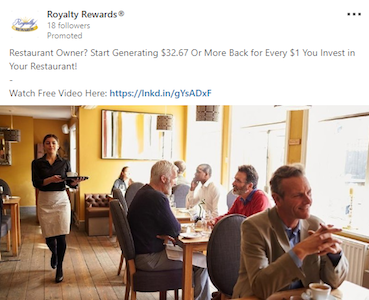
However, if you’re an ecommerce brand selling merchandise to consumers, Facebook may be your better audience.
Ecommerce brand, Smallwoods, targets consumers with this Facebook Ad offering a discount on their wood framed signs:
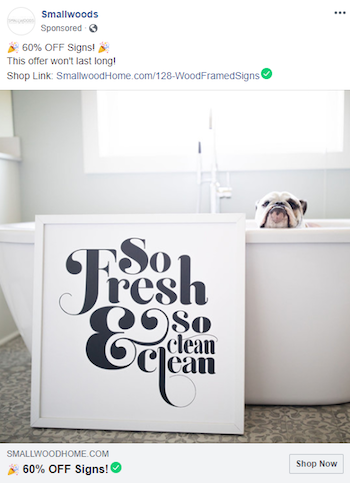
To sum up, LinkedIn Ads are traditionally better for reaching B2B markets because of the platform’s professional nature, while Facebook Ads are better for B2C brands.
Ad types
LinkedIn and Facebook Ads are similar because they both have lead gen solutions: Lead Gen Forms on LinkedIn, and Lead Ads (with Instant Forms) on Facebook. In both cases, a lead capture form is attached to the ad for prospects to complete.
Once a user clicks on the ad CTA (“Download”), they’re presented with the lead capture form directly on the platform:

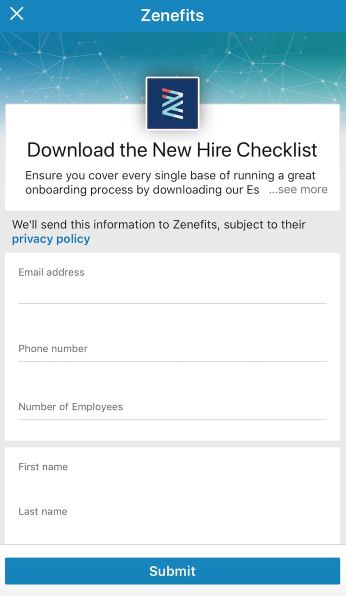
Notice in both examples — LinkedIn above and Facebook below — the form is (mostly) pre-populated with information that users have previously shared with the social network:
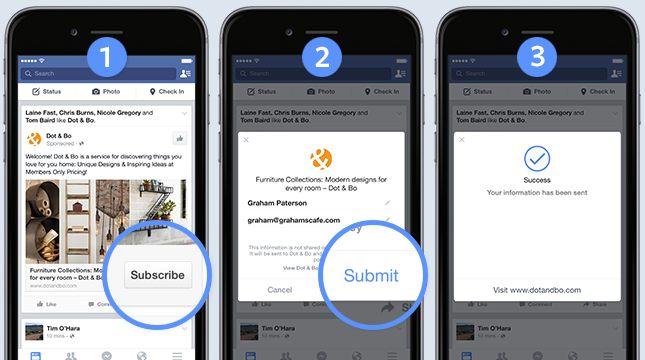
It’s also worth mentioning that prospects can edit the pre-populated contact information if needed.
Once the user completes the form, you can either share content with them directly or redirect them to a thank you page or your website.
Note: A major downfall to this lead gen strategy, however, is that the attached forms on both platforms take the place of landing pages. This means marketers miss out on the opportunity to deliver a unique, personalized landing page experience to prospects.
Other similar ad types on LinkedIn and Facebook include:
- Link
- Image
- Video
- Mail (LinkedIn InMail Ads and Facebook Messenger Ads)
- Carousel
For differences, Facebook has a few more advertising options. It offers unique, interactive ad formats, such as:
- Slideshow
- Playables
- Canvas (now known as “Instant Experience”)
- Collection
- Stories
This Facebook Stories ad campaign delivers a fullscreen, immersive experience, and allows people to sign up for a gainz box subscription right from the ad:
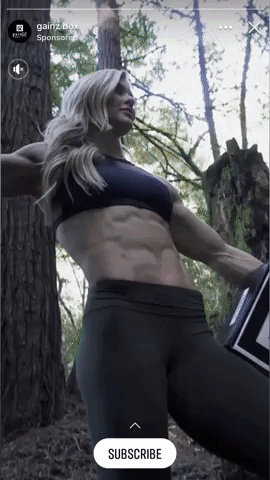
Facebook’s interactive ad types make the platform an ideal choice for brands advertising sleek products or unique services that are best portrayed with a visual demonstration.
Targeting options
Both social networks provide retargeting capabilities and features to target audiences that are similar to a specified base audience. On Facebook, “Lookalike Audiences” uses a base audience (current email database, a list of leads, people that already consume your content, etc.) to find users with similar interests, demographics, and behaviors. On LinkedIn, “Audience Expansion” is the equivalent. (Note: According to this test, LinkedIn’s Audience Expansion isn’t as effective as Facebook’s Lookalike Audiences.)
Facebook has several other advantages over LinkedIn. It enables marketers to use combinations of real data (i.e., demographics, geolocation, etc.) to match ad creative to a hyper-targeted audience.
In addition to demographic targeting, you can also target users by some of their interests and other psychographics. But with Facebook’s data privacy crises, the company removed all of it’s 3rd party data for advertisers, which played a large role in almost 50% of targeting options. This means that advertisers may no longer target ad campaigns based on certain parameters such as purchasing behavior, in-market audiences, household income, and more.
Facebook Ads also have advanced intelligence capabilities, as your campaign can self-optimize for better results. Once the ad is published, Facebook analyzes your criteria and makes display decisions based on the data trends of users seeing and clicking your ads. For instance, if a particular group is converting most within your target audience, Facebook will self-optimize your ad so it continues to show for that group and other similar ones.
What about LinkedIn’s targeting advantages?
One of the biggest advantages of LinkedIn ads is the ability to implement account based marketing. Unlike Facebook, LinkedIn’s data is all from right within their own social media platform. When people sign up, they provide information on exactly who they are professionally: their job title, industry, company name, company size, etc. Advertisers then use that information for targeting larger companies, higher-level job titles, etc. because of all that relevant data.
Cost
Cost per click is much cheaper on Facebook compared to LinkedIn.
Of the four major social networks, the median CPC for Facebook Ads is the lowest at $0.51, while that for LinkedIn Ads is the highest at $5.61:
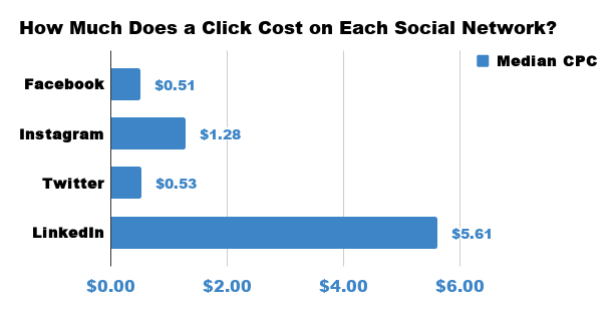
LinkedIn Ads are not necessarily overpriced. That data simply shows how extremely valued those clicks are — because more expensive leads on LinkedIn typically means higher-quality leads and higher ROI for those leads. In fact, one survey showed that ad clicks on LinkedIn are 500% more likely to convert to quality leads compared to Facebook.
Analytics
LinkedIn Analytics are split up into three sections:
1. Updates
- A table showing your most recent updates, and specific data on those updates (audience, impressions, clicks, interactions, followers acquired, engagement, etc.)
- A graph showing trends on number of times your updates were seen daily, both organically and paid
- A graph showing the number of times users clicked, liked, commented on, and shared your content in both organic and paid campaigns
2. Followers
- Total followers (updated only once per day)
- Organic followers
- Acquired followers
- Follower demographics (seniority, industry, job function, company size, etc.)
- Follower trends over time
- Your number of followers compared to other companies
3. Visitors
- Page views
- Career page clicks
- Unique visitors
- Visitor demographics
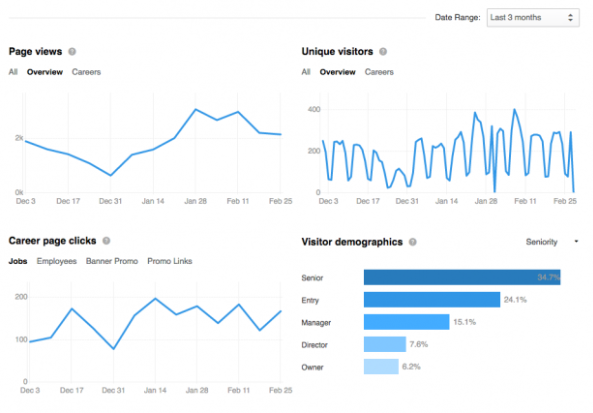
Facebook has similar analytics capabilities through Page Insights, that allow you to measure performance. Facebook’s analytics are broken up into seven sections:
1. Overview
- Page likes: total and new page likes over the last 7 days
- Post reach: total number of unique people who were shown your posts
- Engagement: total number of unique people who engaged with your page
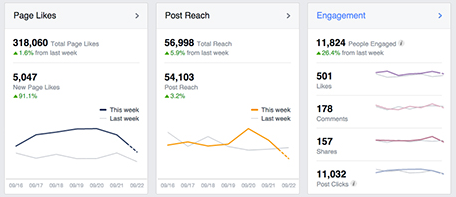
2. Likes
- Page likes: Total page likes for each day, over a 28-day period
- Net likes: New likes minus unlikes
- Where page likes happened: Number of times your page was liked, broken down by where it happened
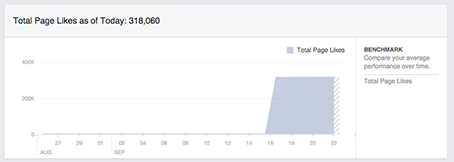
3. Reach
- Post reach: Broken down by paid and organic reach
- Positive engagement: Likes, comments, and shares
- Negative engagement: Hides, report as spam, and unlikes
- Total reach: Number of people who were served any activity from your page
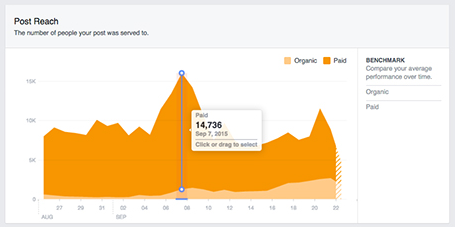
4. Visits
- Page and tab visits: Number of times each of your page tabs was viewed
- External referrers: Number of times people came to your page from a different website
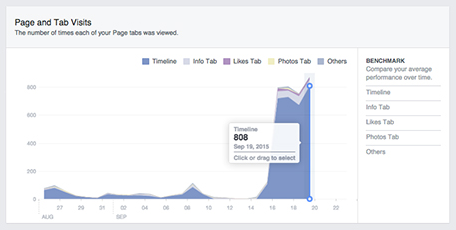
5. Posts
- When Your Fans are Online: Shows when your followers are interacting with Facebook content
- Posts Type: Indicates the success of different post types based on average reach and engagement
- Top Posts from Pages You Watch: Shows the engagement on posts from other pages you’re watching
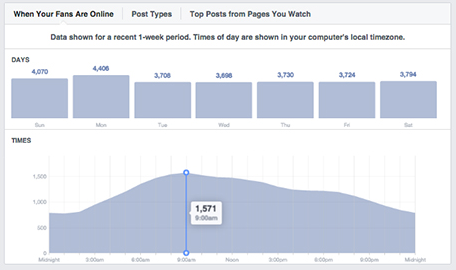
6. Video
- Video views: Number of times your videos were viewed for 3 seconds or more
- 30-second views: Number of times your videos were viewed for 30 seconds or more
- Top videos: Most viewed videos watched for 3 seconds or more
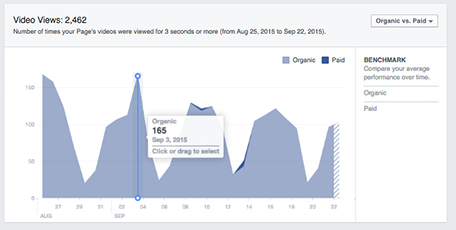
7. People
- Your Fans: Shows the gender, age, location, and language of people who like your page
- People Reached: Shows who your post was served to in the past 28 days
- People Engaged: Shows who has liked, commented on, shared your posts, or engaged with your page in the past 28 days
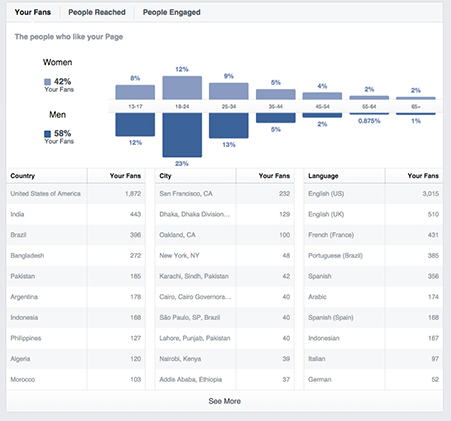
So, what’s the verdict: LinkedIn Ads vs. Facebook Ads?
The best solution depends on the audience you’re targeting and what platform they engage on. Whether you’re promoting a webinar, a new tech solution, or a seasonal clothing line, both LinkedIn and Facebook Ads allow advertisers to reach people in a way that’s never been possible before.
Before you run an ad on either channel, it’s essential to know the ad specs involved to make your best impression. Refer to the Instapage digital advertising specs guide for up-to-date ad specs and targeting options. Then complete your ad campaign with a great landing page with Instapage — sign up for an Instapage 14-day free trial today.

Try the world's most advanced landing page platform with a risk-free trial.
